Signal to noise maps - JWST NIRSpec
Signal to noise computations
These signal-to-noise ratio (SNR) calculations are based a single 1 hour eclipse combined with 2 hours out-of-eclipse baseline observations. A host star with with log(g)=4.5 (cgs) and effective temperature 3400 K is ingsted into the NEETC while varying the apparent J magnitude. Only the noise floor containing photon and detector noise (i.e. no systematics) are taken into account.
The white area in these figures represents saturation, illustrating e.g. that when using the PRISM with default subarray a host star of J magnitude 9 will saturate from 1 to 2 microns and have SNR ranging from about 2,000 to 20,000, highly dependent of the wavelength.
The number of groups per integration is in the NEETC chosen to ensure the best possible duty cycle without saturating any parts of the detector. For targets so bright that some pixels will saturate already in the first group, one group per integration is chosen (also referred to as read - reset). The discreet jumps in SNR seen as horizontal lines in the figures presented here are due to change in number of groups per integration before saturation is met. This effect is more pronounced close to the saturation limit and the jumps therefore seem to disappear as the magnutide decreases.
The SNR for the gratings is much more uniform across the wavelength range than for the PRISM, as a result of the more uniform throughput. SNR of approximately 20,000-10,000 can routinely be achieved with the PRISM for transiting exoplanets, but is lower for the medium and high resolution gratings; at about 10,000-5,000 for the default subarray SUB2048. It is evident that the highest SNR is reached closest to the saturation limit; a difference of 2 in magnitude can double the SNR. Binning the grating-spectra in spectral direction to similar resolution as the PRISM will result in much higher SNR for these configurations. A comparison of between the low, medium and high spectral resolution modes are presented through case studies here: www.cosmos.esa.int/web/jwst-nirspec/case-studies.
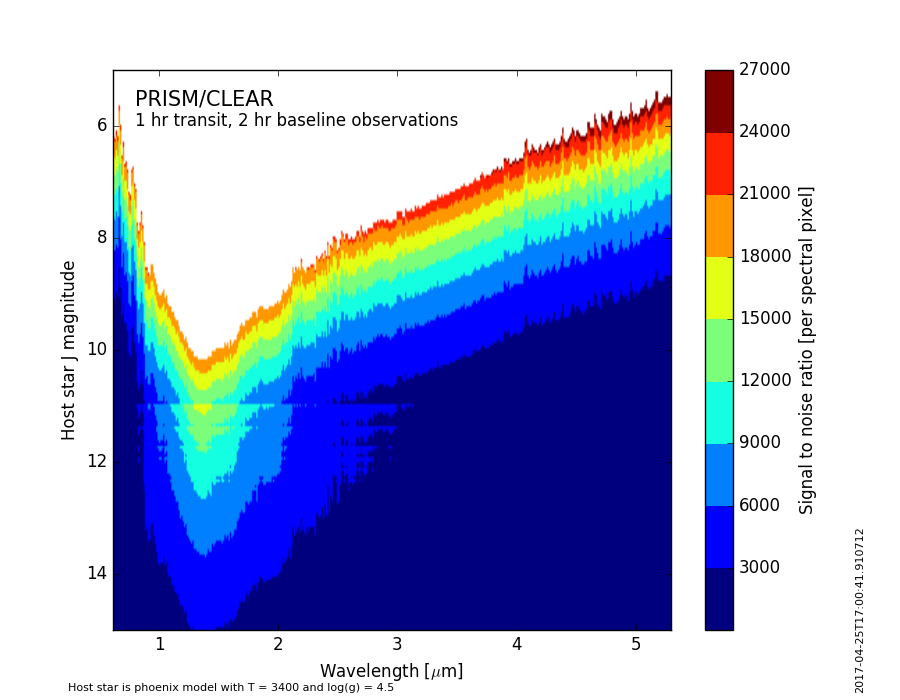 |
|
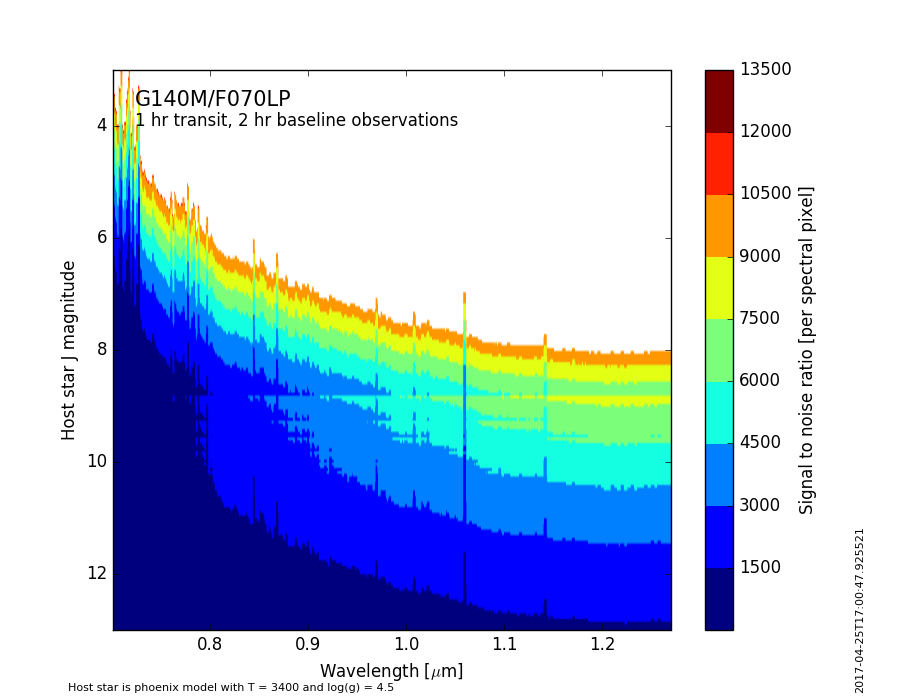 |
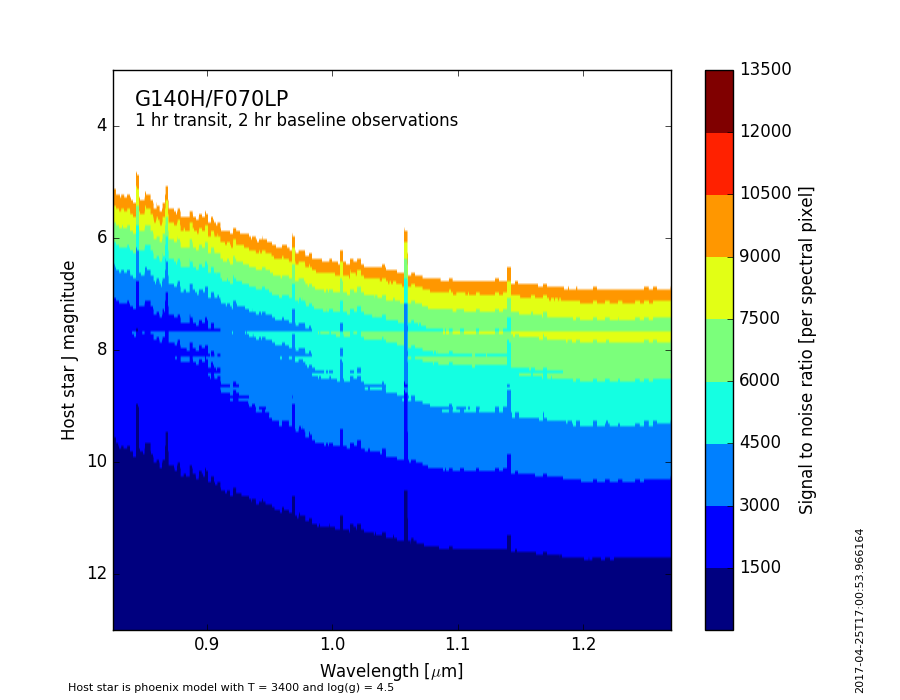 |
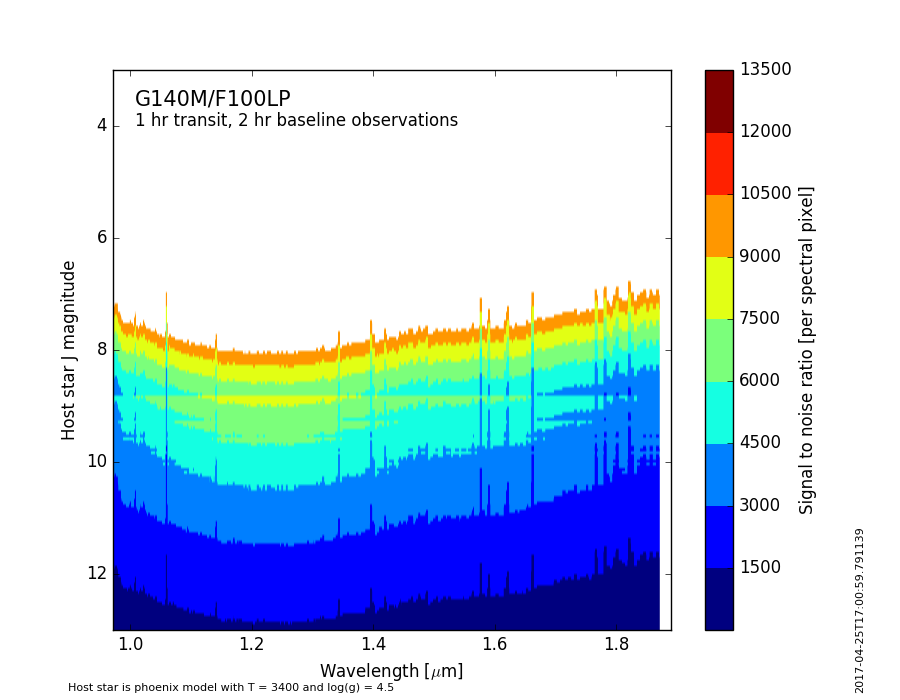 |
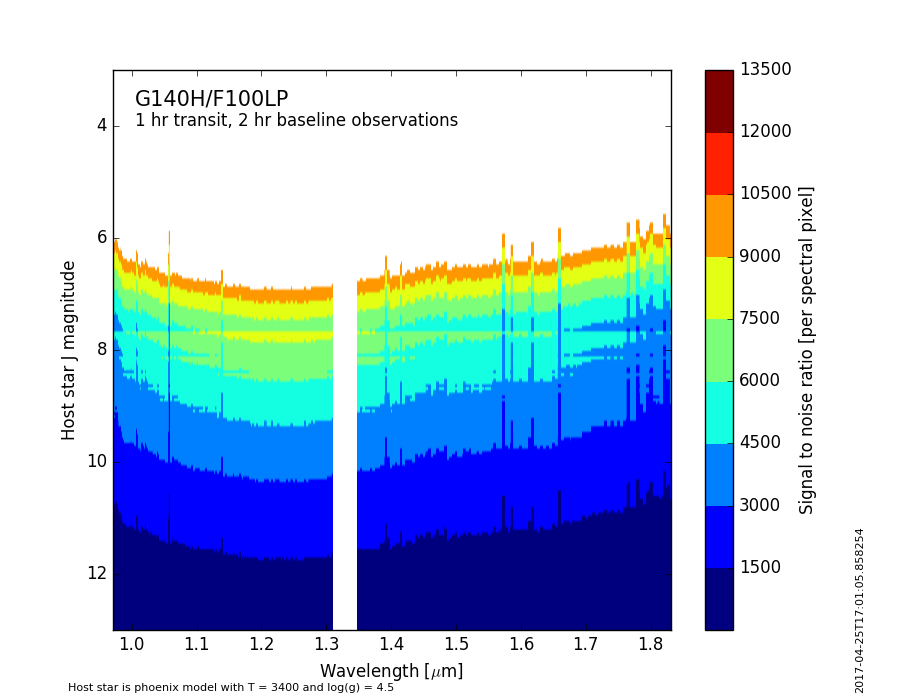 |
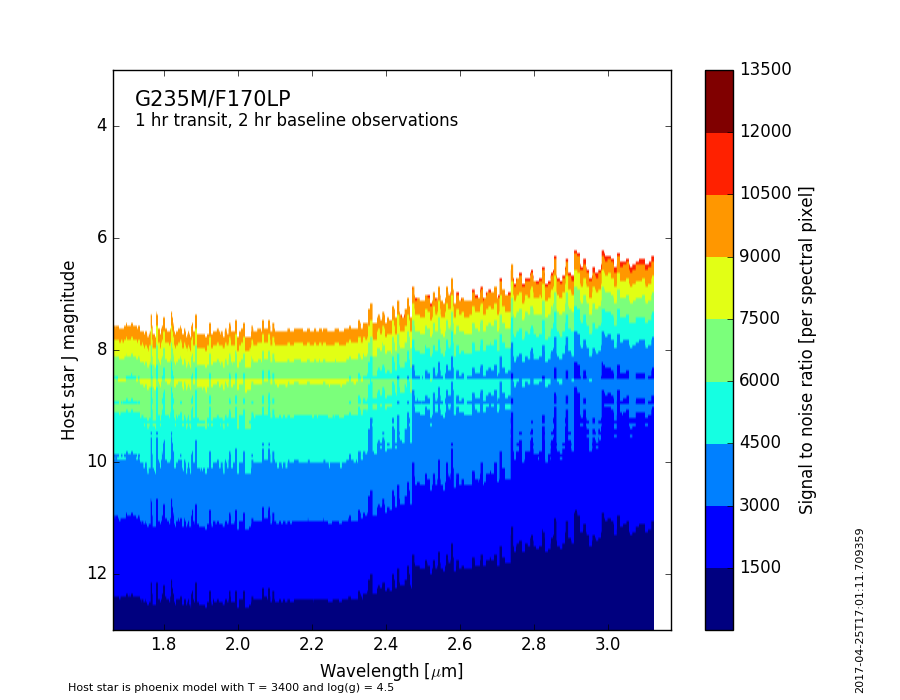 |
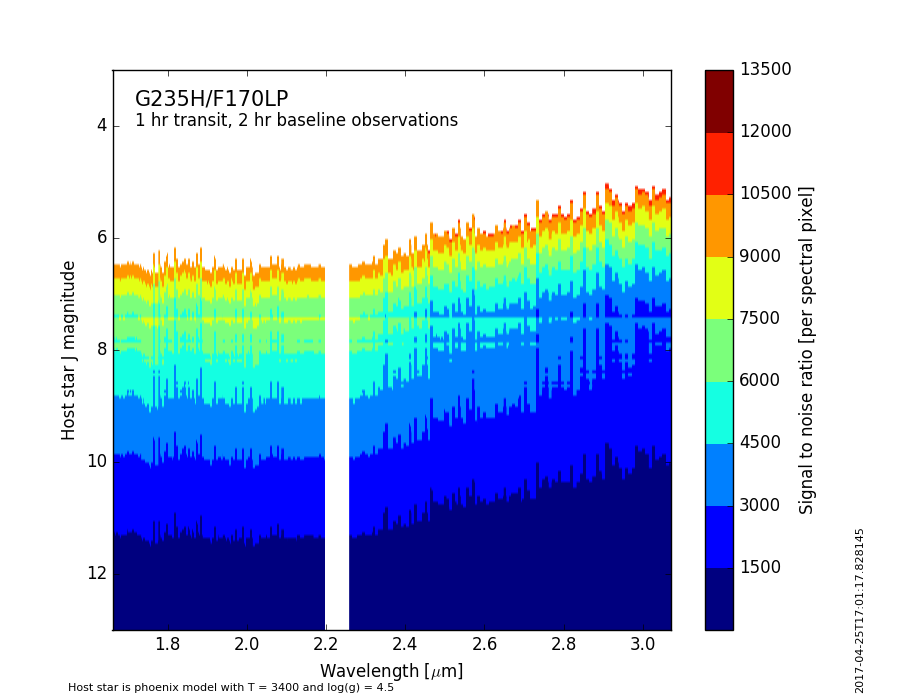 |
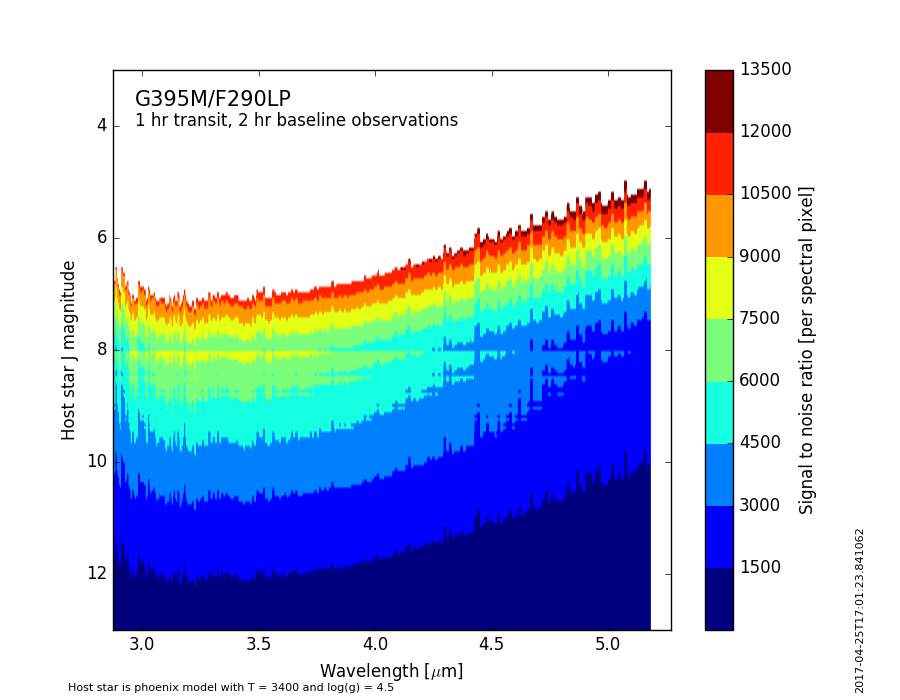 |
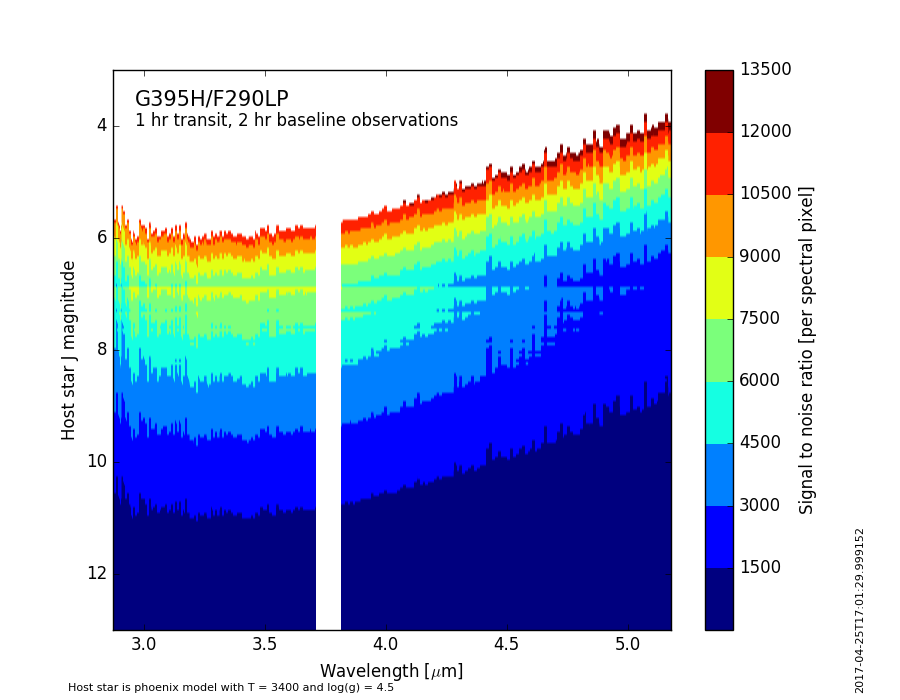 |
- Removed a total of (1) style text-align:center;
- Removed a total of (4) style text-align:justify;
- Removed a total of (1) align=center.
- Removed a total of (1) border attribute.
- Removed a total of (1) cellpadding attribute.
- Removed a total of (1) cellspacing attribute.








































 Sign in
Sign in
 Science & Technology
Science & Technology